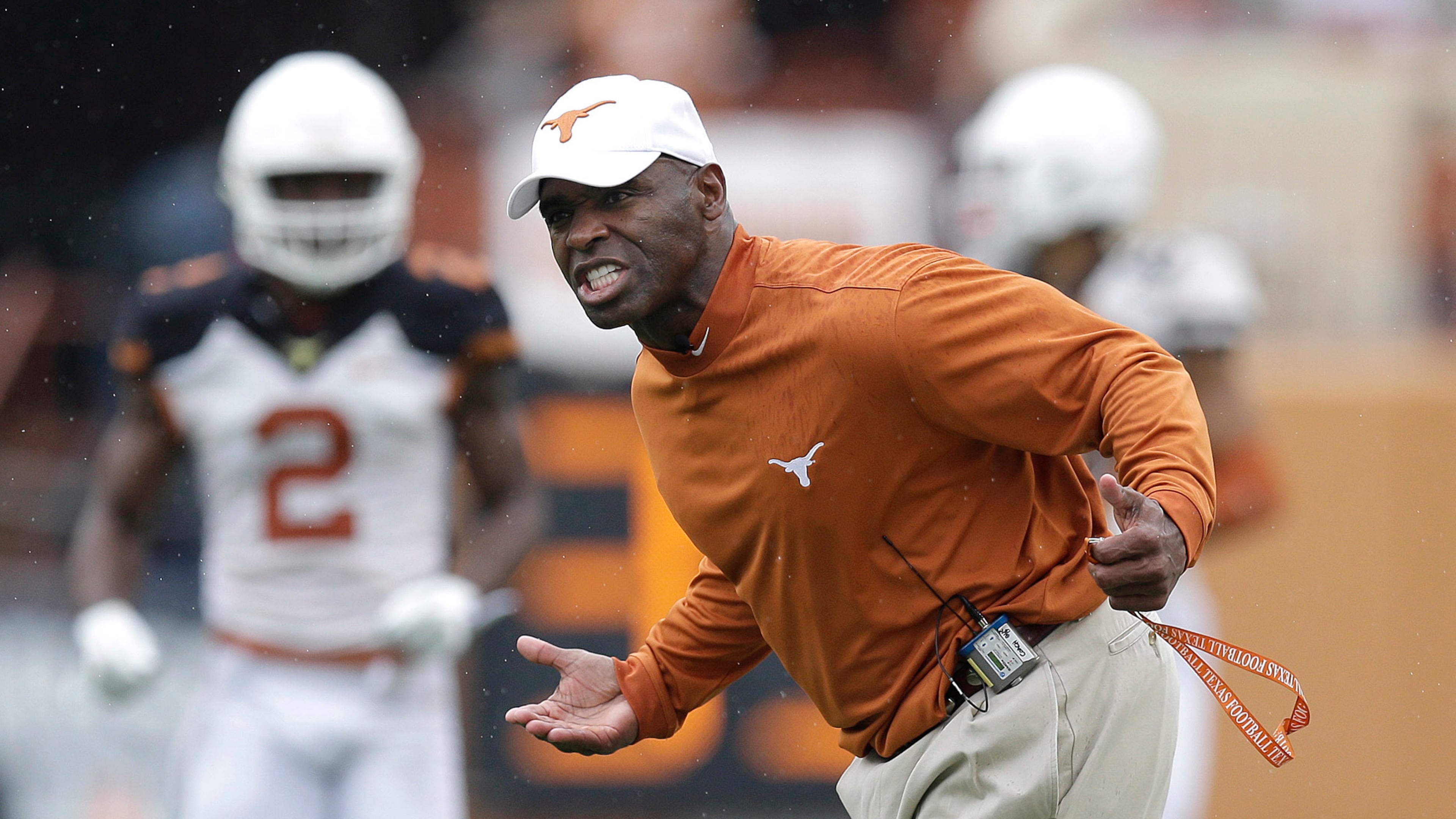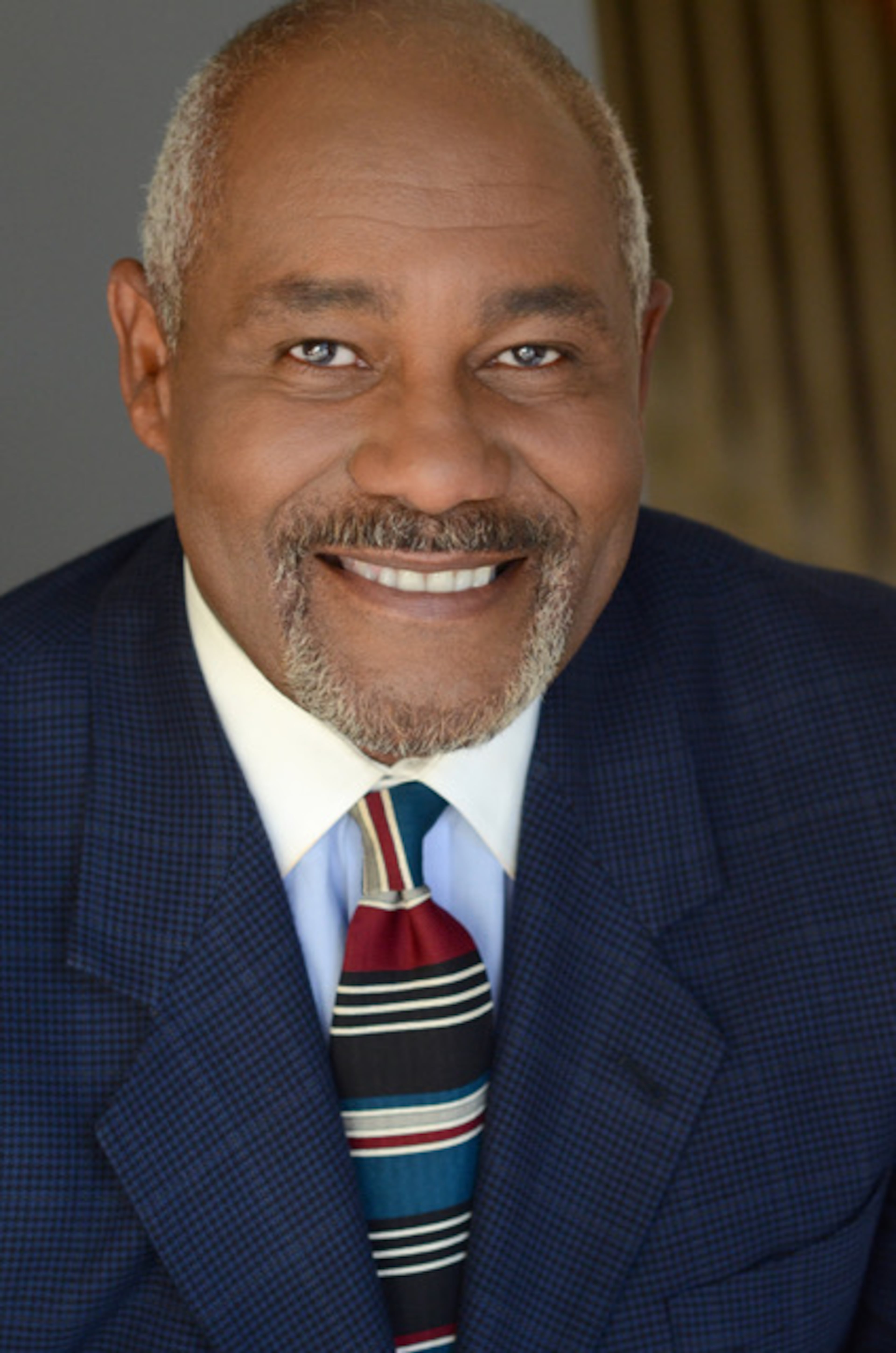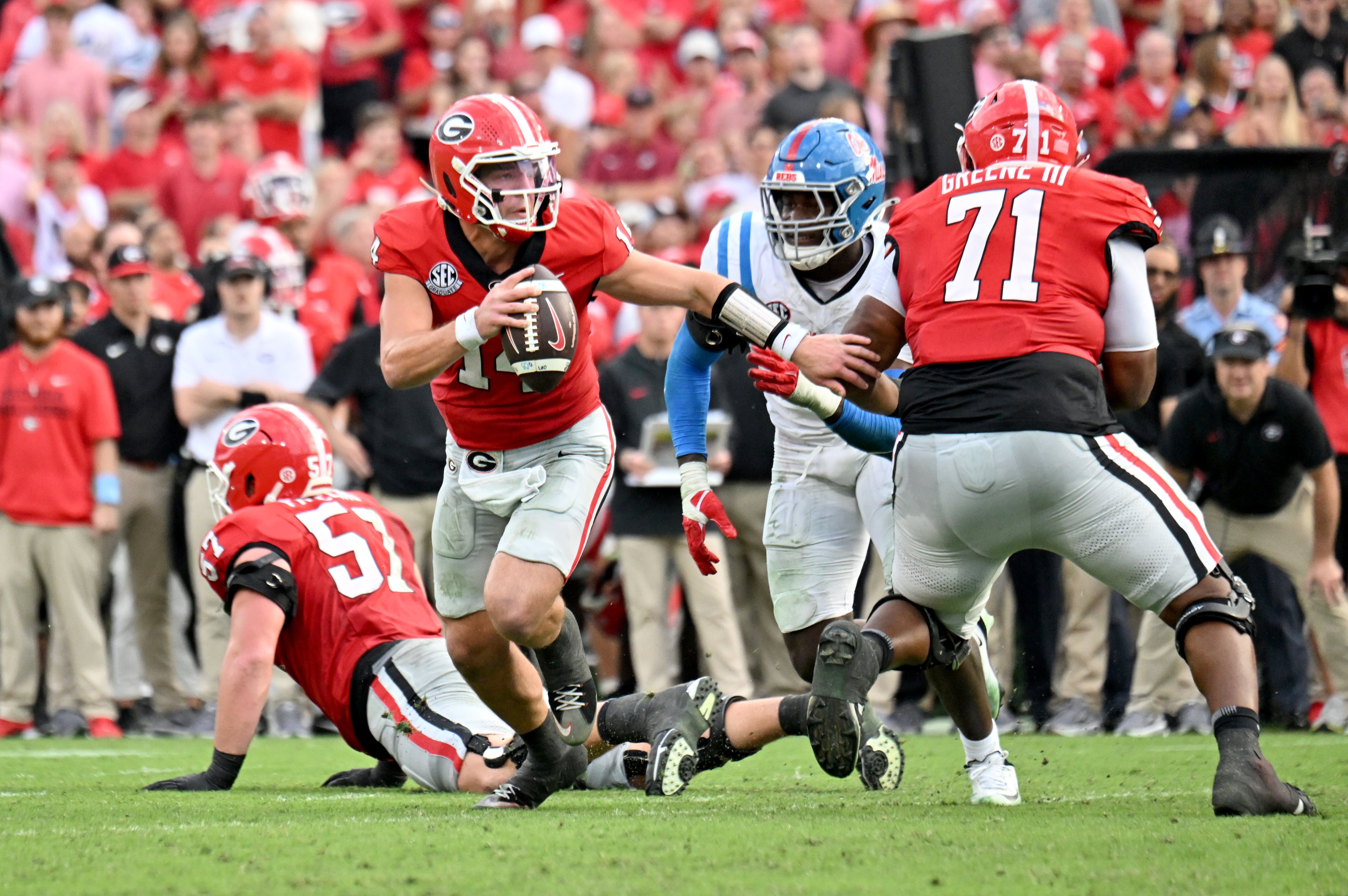Step back for college football: SEC hasn’t hired a Black head coach for years

The Southeastern Conference regularly airs a series of commercials touting its members, athletes and fans.
The closing message is always the same: “It just means more” in the SEC. Unfortunately, the race of its head football coaches seems to mean more than it should.
The SEC is in the midst of its fifth consecutive football season without an African American head coach after having at least one Black coach in 16 of the previous 17 seasons.
Coaching jobs turn over regularly in the ultracompetitive and very successful SEC — 27 times in the previous 10 years — but the last time an SEC school selected a Black man to be the face of its football program, Barack Obama was president. That was in 2014 with Charlie Strong at University of Texas at Austin.
There is history here. SEC schools made the South’s last stand against segregation. Buses integrated years before SEC sports teams did. So did swimming pools, motels, restaurants and every other major collegiate conference.
Optimism of many southerners seems to be disappearing
Integrating the SEC was a final step of the Civil Rights Movement, achieved by brave Black teenagers like University of Kentucky’s Greg Page, whose neck was broken in a “half-speed” practice drill in 1967, weeks before he was to play in the SEC’s first integrated league game. He died the night before the game, leaving his roommate Nathaniel Northington and others to carry their race forward.

It took six more years before every SEC football team was integrated, but then the numbers increased quickly.
By 1979, 40% of the SEC’s scholarship signees were Black, and progress would continue in the ensuing decades.
But the excitement and optimism that so many southerners, Black and white, felt in 2003 when Mississippi State University hired Sylvester Croom as its head football coach now seems to be a disappearing dream. It was big news then, important news — made possible, Croom believes, because former SEC Commissioner Mike Slive personally contacted Mississippi State’s president and trustees on his behalf.
After five seasons of moderate success, Croom resigned, like many coaches under the pressure of a losing record. But victory came in defeat.
Kentucky hired Joker Phillips as its head coach a year later, James Franklin took over at Vanderbilt in 2011, and conference expansion brought in Texas A&M’s Kevin Sumlin in 2011, and suddenly the SEC had three Black head coaches No other major conference had more.
Kentucky let Phillips go after three seasons, and Franklin was hired away by Penn State but replaced by another African American, Derek Mason. Sumlin was dismissed in 2017 and Mason in 2020.
Those four Black coaches were all selected during the Obama administration, and no African Americans have become SEC head coaches since, as an era of one-and-done seems to have set in nationally, as in, “We’ve already checked that box.”
SEC’s racial pioneers became part of the Civil Rights Movement
Like other conferences, the SEC has little control over its member schools on certain issues. Commissioner Greg Sankey serves at the pleasure of the presidents of the SEC’s 16 member colleges. Sankey has said the league has expectations “about consideration of a diverse candidate pool” but that “campus decision-makers” make the final selection.

The SEC pleaded similar powerlessness in the 1960s in the integration of its teams. We found in our research on our new book “Just Follow Me” that if the SEC ever tried to influence its member schools, it was off the record — integration never made it into the minutes of the SEC’s annual meetings. Resistance was strong.
The University of Kentucky, under a mandate from Gov. Ned Breathitt, was the first to integrate football, after guaranteeing lifetime employment to head coach Charlie Bradshaw. The University of Florida signed its first Black scholarship athlete in 1968 after the U.S. Office of Education found it in violation of the Civil Rights Act. And a class-action lawsuit filed in 1969 by Black students at the University of Alabama finally forced Coach Paul “Bear” Bryant to sign his first African American player, Wilbur Jackson.
Just by showing up every day, Jackson and the SEC’s other racial pioneers became part of the Civil Rights Movement, propelling integration forward. Black and white athletes demonstrated how they could unite for a common cause.
If allowed to, sport can tear barriers and stereotypes down. In 1990, Wilford Bailey, Auburn’s president before becoming NCAA president, told Charles H. Martin, author of the book “Benching Jim Crow” that athletic integration was “the single greatest contributor to racial progress and development in the South.”
Slive, the late SEC commissioner, said that the hiring of Croom was the most significant achievement of his tenure, meaning more to him than seven straight national football championships. In the SEC, it should mean more.
Thom Gossom Jr., an actor and writer, was Auburn’s second Black varsity football player. Sam Heys covered the SEC’s integration for the Atlanta Constitution. They are co-authors of “Just Follow Me: James Owens and the Integration of Southeastern Conference Football,” which was published in August.

